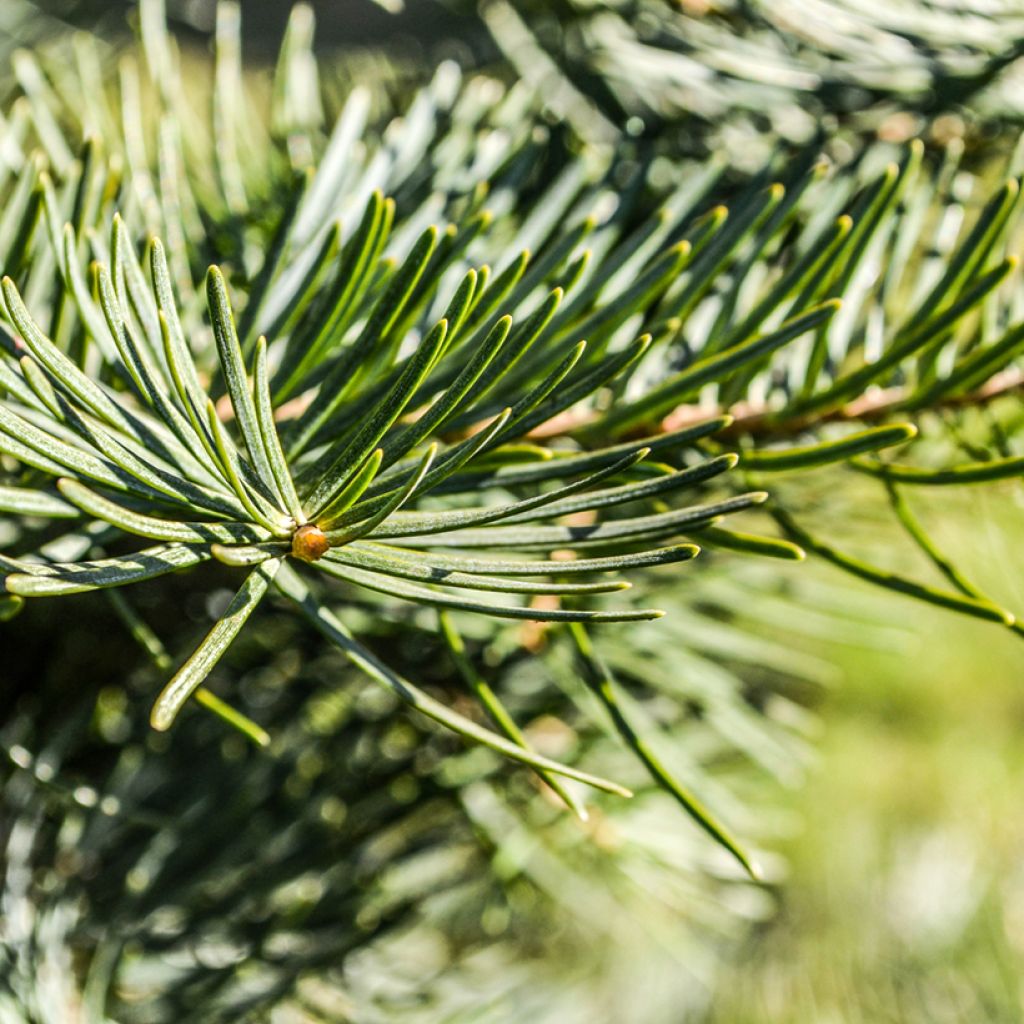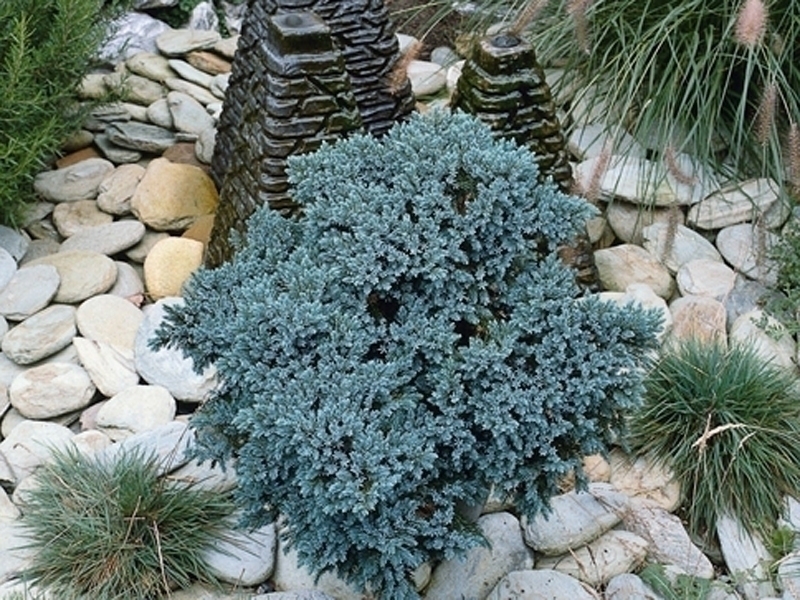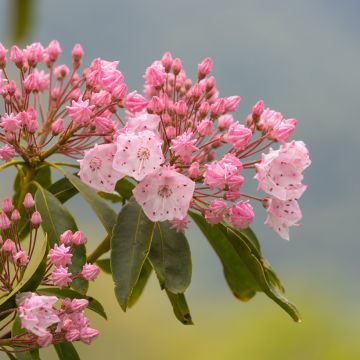

Pseudotsuga menziesii (= P.douglasii) - Pin Douglas, Pin d'Oregon, Sapin de Douglas


Pseudotsuga menziesii (= P.douglasii) - Pin Douglas, Pin d'Oregon, Sapin de Douglas


Pseudotsuga menziesii (= P.douglasii) - Pin Douglas, Pin d'Oregon, Sapin de Douglas


Pseudotsuga menziesii (= P.douglasii) - Pin Douglas, Pin d'Oregon, Sapin de Douglas


Pseudotsuga menziesii (= P.douglasii) - Pin Douglas, Pin d'Oregon, Sapin de Douglas


Pseudotsuga menziesii (= P.douglasii) - Pin Douglas, Pin d'Oregon, Sapin de Douglas


Pseudotsuga menziesii (= P.douglasii) - Pin Douglas, Pin d'Oregon, Sapin de Douglas


Pseudotsuga menziesii (= P.douglasii) - Pin Douglas, Pin d'Oregon, Sapin de Douglas
Pseudotsuga menziesii - Douglas Fir
Pseudotsuga menziesii
Douglas Fir, Oregon Pine, Green Douglas Fir, Douglas Spruce
Special offer!
Receive a €20 voucher for any order over €90 (excluding delivery costs, credit notes, and plastic-free options)!
1- Add your favorite plants to your cart.
2- Once you have reached €90, confirm your order (you can even choose the delivery date!).
3- As soon as your order is shipped, you will receive an email containing your voucher code, valid for 3 months (90 days).
Your voucher is unique and can only be used once, for any order with a minimum value of €20, excluding delivery costs.
Can be combined with other current offers, non-divisible and non-refundable.
Home or relay delivery (depending on size and destination)
Schedule delivery date,
and select date in basket
This plant carries a 24 months recovery warranty
More information
We guarantee the quality of our plants for a full growing cycle, and will replace at our expense any plant that fails to recover under normal climatic and planting conditions.
Would this plant suit my garden?
Set up your Plantfit profile →
Description
Pseudotsuga menziesnii, also known as Douglas Fir, Douglas Pine, or Oregon Pine, is a conifer with very large growth that, along with Sequoia sempervirens, is a major component of the giant resinous forests that line the Pacific coast. It is recognised by its typical fir-shaped silhouette and its massive, straight trunk, covered with a deeply grooved thick bark on mature specimens. It is an extremely hardy species, with rapid growth, thriving in lime-poor, well-drained, even poor and fairly dry soils.
Pseudotsuga menziesii belongs to the pine family. This large conifer is native to North America, and found along the Pacific coast from California to British Columbia and Canada. An adult specimen (which can live between 400 and 500 years) reaches a height of 80 to 100 m (262 to 328ft) in its native regions with a spread of 20 m (66ft), but specimens planted in Europe, still relatively young, do not exceed 60 m (197ft) tall. The Douglas Fir shows rapid growth, which has encouraged its massive planting in Europe for reforestation. In France, the Douglas Fir was planted from 1842, particularly in the Massif Central and in the Moselle area. It is a species that prefers oceanic climates, and in any case acidic and light soils in areas that aren't too arid. Its heartwood, resistant to decay, is widely used in construction.
The Oregon Pine develops a vertical trunk that extends to the tip of its crown. Massive at the base, the trunk is covered with a thick brown to reddish bark that darkens over time, becoming grayish-brown to anthracite gray, with deep grooves. The crown is initially pyramidal, spread out, then takes on a more oval shape. The upper main branches are ascending, while those that grow downwards are directed towards the ground. The young twigs are slightly hairy, with a yellowish-green to yellowish-gray colour. The needles measure 15 to 30 mm (1in) long, they are quite thick, soft, flexible, curved, pointed, shiny, with a bright green to emerald green color, slightly bluish in spring. They are inserted on a cushion all around the twigs, in a brush-like arrangement. They release a very pleasant scent of resin, lemongrass, and passion fruit when crushed. The Douglas Fir is a monoecious plant, on which male "flowers" and female "flowers" are separate but present on the same individual. Cones appear in April-May. They are pendulous and measure between 5 and 10 cm (2 and 4in) long. This conifer has a powerful taproot and a highly developed root system, which makes transplanting large specimens somewhat delicate, but allows it to draw nutrients deeply from the soil.
The Douglas Fir is a majestic conifer that will delight enthusiasts of gigantism and owners of large properties. The true graphic qualities of conifers naturally impose themselves in the design of contemporary gardens, which prefers the aesthetics of shapes, silhouettes, and textures over the dance of blooms. These plants, with their reassuring permanence, structurally define the space. Pseudotsuga menziesii will be a preferred choice in acidic and poor soils, planted as a standalone specimen or in a group.
Pseudotsuga menziesii - Douglas Fir in pictures




Plant habit
Foliage
Botanical data
Pseudotsuga
menziesii
Pinaceae
Douglas Fir, Oregon Pine, Green Douglas Fir, Douglas Spruce
North America
Other Pseudotsuga
View all →Planting and care
Pseudotsuga menziesii can be planted from September to November or from February to March in deep, light, well-drained soil, with close to neutral or acidic pH. It prefers loose and light, humus-rich or loamy, non-calcareous soils. Choose a sunny and open spot. Soak the root ball well before planting. Add organic amendment at planting and water generously for the first three years, and in case of prolonged drought. In poor soil, you can apply a special conifer fertiliser every 2 years in April. This very hardy conifer (down to at least -20 °C (1°F)) fears clayey, heavy and compact soils saturated with water, as well as alkaline (lime-rich) soils and soils that get very dry in summer. It is not suitable for Mediterranean climates, but adapts to continental, oceanic or attenuated montane climates. Pruning is not necessary.
Planting period
Intended location
Care
Planting & care advice
This item has not been reviewed yet - be the first to leave a review about it.
Similar products
Haven't found what you were looking for?
Hardiness is the lowest winter temperature a plant can endure without suffering serious damage or even dying. However, hardiness is affected by location (a sheltered area, such as a patio), protection (winter cover) and soil type (hardiness is improved by well-drained soil).

Photo Sharing Terms & Conditions
In order to encourage gardeners to interact and share their experiences, Promesse de fleurs offers various media enabling content to be uploaded onto its Site - in particular via the ‘Photo sharing’ module.
The User agrees to refrain from:
- Posting any content that is illegal, prejudicial, insulting, racist, inciteful to hatred, revisionist, contrary to public decency, that infringes on privacy or on the privacy rights of third parties, in particular the publicity rights of persons and goods, intellectual property rights, or the right to privacy.
- Submitting content on behalf of a third party;
- Impersonate the identity of a third party and/or publish any personal information about a third party;
In general, the User undertakes to refrain from any unethical behaviour.
All Content (in particular text, comments, files, images, photos, videos, creative works, etc.), which may be subject to property or intellectual property rights, image or other private rights, shall remain the property of the User, subject to the limited rights granted by the terms of the licence granted by Promesse de fleurs as stated below. Users are at liberty to publish or not to publish such Content on the Site, notably via the ‘Photo Sharing’ facility, and accept that this Content shall be made public and freely accessible, notably on the Internet.
Users further acknowledge, undertake to have ,and guarantee that they hold all necessary rights and permissions to publish such material on the Site, in particular with regard to the legislation in force pertaining to any privacy, property, intellectual property, image, or contractual rights, or rights of any other nature. By publishing such Content on the Site, Users acknowledge accepting full liability as publishers of the Content within the meaning of the law, and grant Promesse de fleurs, free of charge, an inclusive, worldwide licence for the said Content for the entire duration of its publication, including all reproduction, representation, up/downloading, displaying, performing, transmission, and storage rights.
Users also grant permission for their name to be linked to the Content and accept that this link may not always be made available.
By engaging in posting material, Users consent to their Content becoming automatically accessible on the Internet, in particular on other sites and/or blogs and/or web pages of the Promesse de fleurs site, including in particular social pages and the Promesse de fleurs catalogue.
Users may secure the removal of entrusted content free of charge by issuing a simple request via our contact form.
The flowering period indicated on our website applies to countries and regions located in USDA zone 8 (France, the United Kingdom, Ireland, the Netherlands, etc.)
It will vary according to where you live:
- In zones 9 to 10 (Italy, Spain, Greece, etc.), flowering will occur about 2 to 4 weeks earlier.
- In zones 6 to 7 (Germany, Poland, Slovenia, and lower mountainous regions), flowering will be delayed by 2 to 3 weeks.
- In zone 5 (Central Europe, Scandinavia), blooming will be delayed by 3 to 5 weeks.
In temperate climates, pruning of spring-flowering shrubs (forsythia, spireas, etc.) should be done just after flowering.
Pruning of summer-flowering shrubs (Indian Lilac, Perovskia, etc.) can be done in winter or spring.
In cold regions as well as with frost-sensitive plants, avoid pruning too early when severe frosts may still occur.
The planting period indicated on our website applies to countries and regions located in USDA zone 8 (France, United Kingdom, Ireland, Netherlands).
It will vary according to where you live:
- In Mediterranean zones (Marseille, Madrid, Milan, etc.), autumn and winter are the best planting periods.
- In continental zones (Strasbourg, Munich, Vienna, etc.), delay planting by 2 to 3 weeks in spring and bring it forward by 2 to 4 weeks in autumn.
- In mountainous regions (the Alps, Pyrenees, Carpathians, etc.), it is best to plant in late spring (May-June) or late summer (August-September).
The harvesting period indicated on our website applies to countries and regions in USDA zone 8 (France, England, Ireland, the Netherlands).
In colder areas (Scandinavia, Poland, Austria...) fruit and vegetable harvests are likely to be delayed by 3-4 weeks.
In warmer areas (Italy, Spain, Greece, etc.), harvesting will probably take place earlier, depending on weather conditions.
The sowing periods indicated on our website apply to countries and regions within USDA Zone 8 (France, UK, Ireland, Netherlands).
In colder areas (Scandinavia, Poland, Austria...), delay any outdoor sowing by 3-4 weeks, or sow under glass.
In warmer climes (Italy, Spain, Greece, etc.), bring outdoor sowing forward by a few weeks.


















































